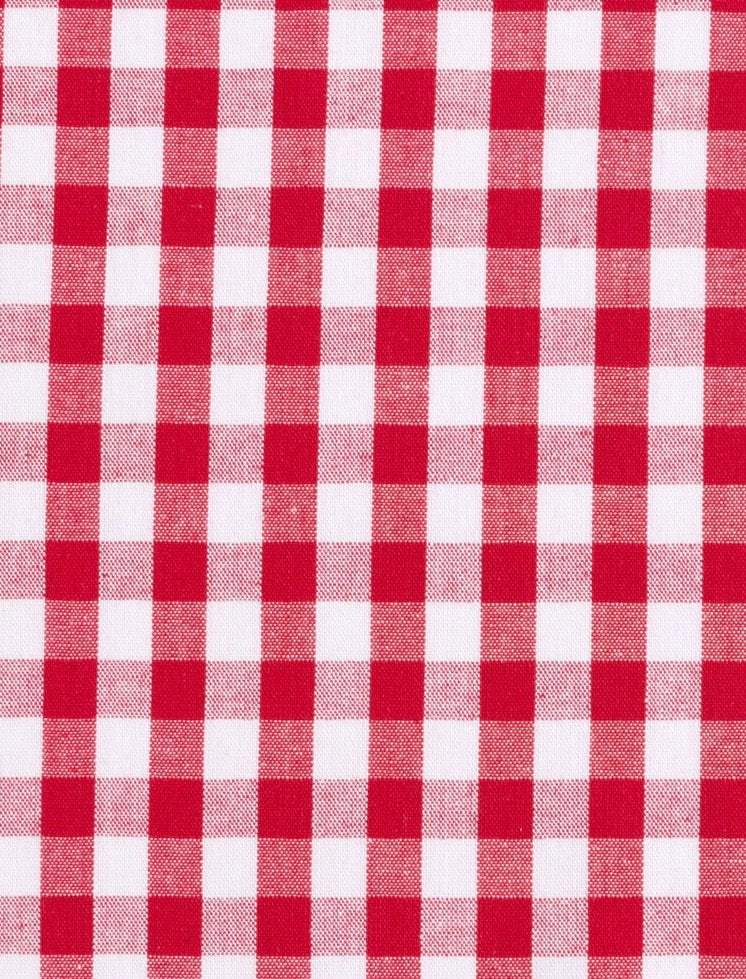The Timeless Charm of Gingham: Origins and Story Behind the Iconic Print

Gingham is more than just a cute checkered fabric—it’s a symbol of nostalgia, simplicity, and timeless style. Whether on picnic blankets, summer dresses, or home textiles, this iconic pattern has woven itself into fashion history for centuries.
In this guide, we explore the fascinating origins of gingham, its cultural evolution, and why it remains a beloved staple in fashion and design.

🧵 What Is Gingham?
Gingham is a lightweight, plain-woven cotton or cotton-blend fabric featuring checks made by overlapping colored and white stripes. The result is a balanced pattern—often in blues, reds, or pastels—that feels clean and crisp.
Unlike plaid, gingham’s pattern is symmetrical and always made with even-sized checks.
🌍 Origins: From Southeast Asia to Europe
The word “gingham” is believed to come from the Malay word genggang, meaning “striped.” The fabric was first exported from Southeast Asia to Europe in the 17th century. Early versions featured vertical stripes rather than checks.
By the mid-18th century, manufacturers in Manchester, England began weaving gingham with dyed yarns in the checkerboard pattern we recognize today.
🇺🇸 Gingham in American Culture
In the 19th and 20th centuries, gingham became associated with American rural life, school uniforms, and domestic simplicity.
-
Dorothy’s blue gingham dress in The Wizard of Oz solidified the print as a symbol of innocence and Americana.
-
In the 1960s, icons like Brigitte Bardot wore pink gingham on her wedding day, giving it a chic, romantic twist.
👜 Gingham in Fashion & Home Decor
Today, gingham is embraced in everything from cottagecore and vintage fashion to minimalist Scandinavian decor. It’s seen across:
-
Sundresses and skirts
-
Tablecloths and picnic accessories
-
Statement handbags and retro swimwear
Its clean grid-like pattern allows it to blend beautifully with florals, stripes, and modern neutrals.
💡 Styling Tip
Mix gingham with natural textures like rattan, linen, and canvas for an effortless nostalgic look. For a contemporary twist, pair black-and-white gingham with neon accessories or leather.
🔍 Final Thoughts
From its roots in Southeast Asia to its global presence in fashion and design, gingham has stood the test of time. Whether you love its vintage charm or modern versatility, gingham is a pattern that always finds its way back into the style spotlight.
